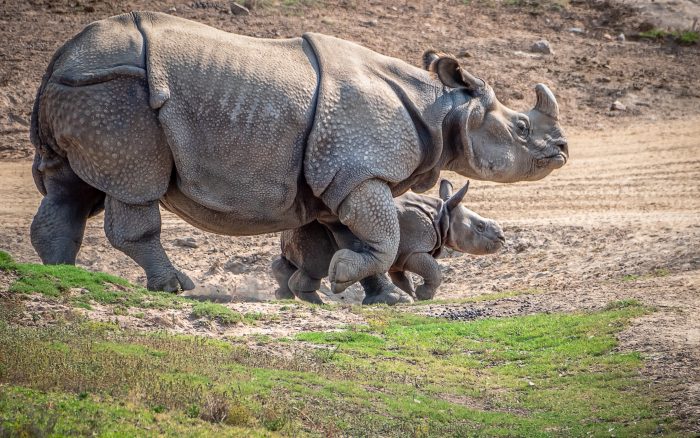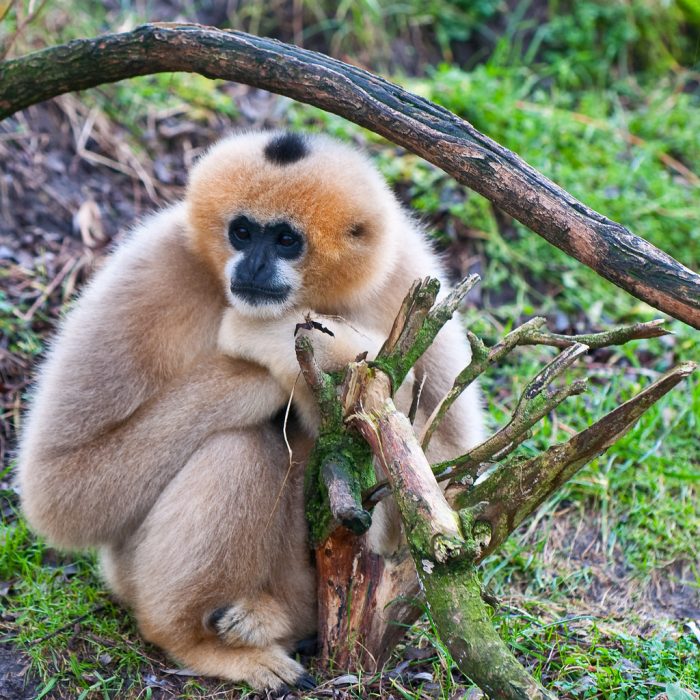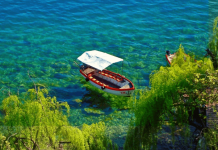The world is full of beautiful animals. We first heard about the animal kingdom at school. However, thanks to educational programs like National Geographic and Animal Planet, we now have an in-depth view of how many animals live.
Today, we can learn about exotic animals in their natural habitat from the comfort of our televisions. While many of us aren’t lucky enough to see these creatures in the flesh, we can’t help but be curious about them. Where would we be able to see these animals in-person anyway?
Some of Asia’s greatest species are hunted in such large numbers that they are now endangered or extinct. However, there are many projects and programs that take care of the animals’ well-being and work to protect them. Here is a list of some of Asia’s most beautiful animals.

Tarsier
This rare species can only be found only in Southeast Asia, particularly in Borneo. They are only four to six inches tall, but they have hind legs that are twice as long as their torso. Furthermore, one interesting fact is that the size of their eyes is actually the size of their brain.
Such carnivorous animals feed on insects. They hunt their victims or prey by ambush. In addition to insects, tarsiers also consume other small animals such as ducks, bats, snakes, and lizards. However, we should protect this animal in the wild because they can not breed in captivity.
Yangtze River Dolphin
Sometimes known as ‘Baiji’ or’ The Yangtze Goddess,’ the Yangtze River Dolphin is a critically endangered species, and the population may already be extinct, according to scientists. The last observation occurred in 2002, and in 2006, Baiji Foundation scientists traveled to the Yangtze River for any signs of the Baiji.
Many factors may have caused the species to decrease: overfishing, loss of habitat, water pollution, boat traffic, and poaching. Unfortunately, the dolphins of the Yangtze River are poached for their skin. The dolphin skin’s primary use is to make gloves and handbags.
Black Crested Gibbon
The enigmatic and protected Black Crested Gibbon (Nomascus concolor) can be seen through The Gibbon Experience in the northern Bokeo province of Laos. The males are golden, and the females are black. Such primates are monogamous and live in groups of families. They are the fastest ape in the country and sing loudly in the morning.
Up in the forest, their long limbs support them in their arboreal lives. You will find the yellow-cheeked Crested Gibbon (Nomascus gabriellae), a similar species, in southern Laos. They have long, complicated mating calls, and can live in the wild for more than 50 years.
Malayan Tapir
The Malayan Tapir (Tapirus Indicus) is a threatened tapir mammal from southern Thailand, southern Myanmar, Malayan Peninsula, and Indonesia’s south and central parts of Sumatra. It looks like a pig crossed with an anteater, as its upper lip curves into a distinctive snout, dangling over the lower lip.
The rump, tail, and mid underbelly section is white, while the Malayan Tapir’s head, neck, and four legs are black. Except for reproducing, the Malayan Tapir is a solitary species. This animal communicates in whistles.
Indian Rhinoceros
This herbivorous grazer has a distinctive grey-brown skin on its back, shoulder, and rump, that composes many folds. The folds make it look like the Indian Rhinoceros are wearing a blindfold. The head and body length of the male is 3.68 to 3.80 meters. However, a female is around three meters long.

Conclusion
As you can see, Asia has some pretty unbelievable and unique species. Asia is home to elephants, lions, pandas, monkeys, and some really interesting life at sea. But not all tourism geared toward animals is healthy. You may know that elephants are mistreated and that tigers are often sedated so that tourists can interact with them. Therefore, it is important to search for ethical tourism companies. Overall, visiting Asia is a great opportunity to see and appreciate some of these animals.
For more Asian travel tips, click here.
Featured image: edgeofexistence.org
































